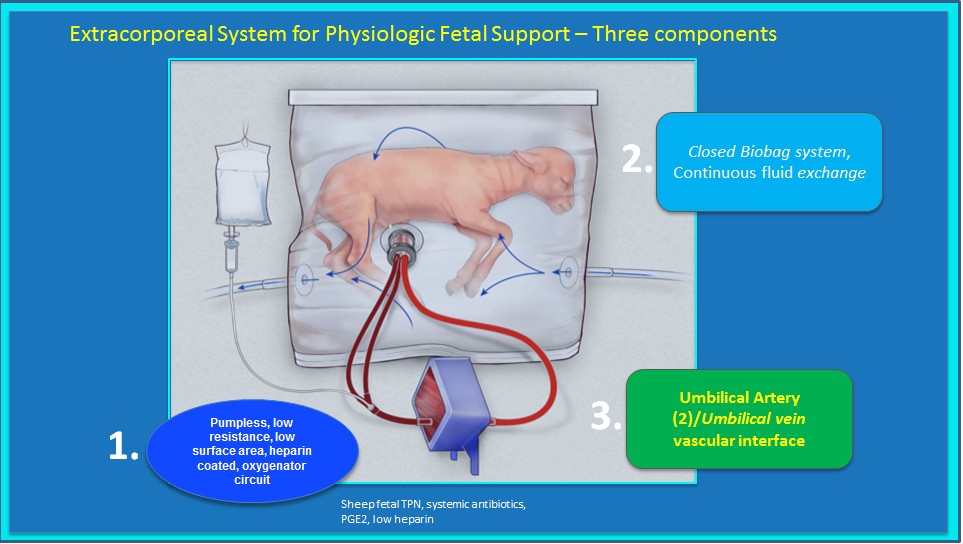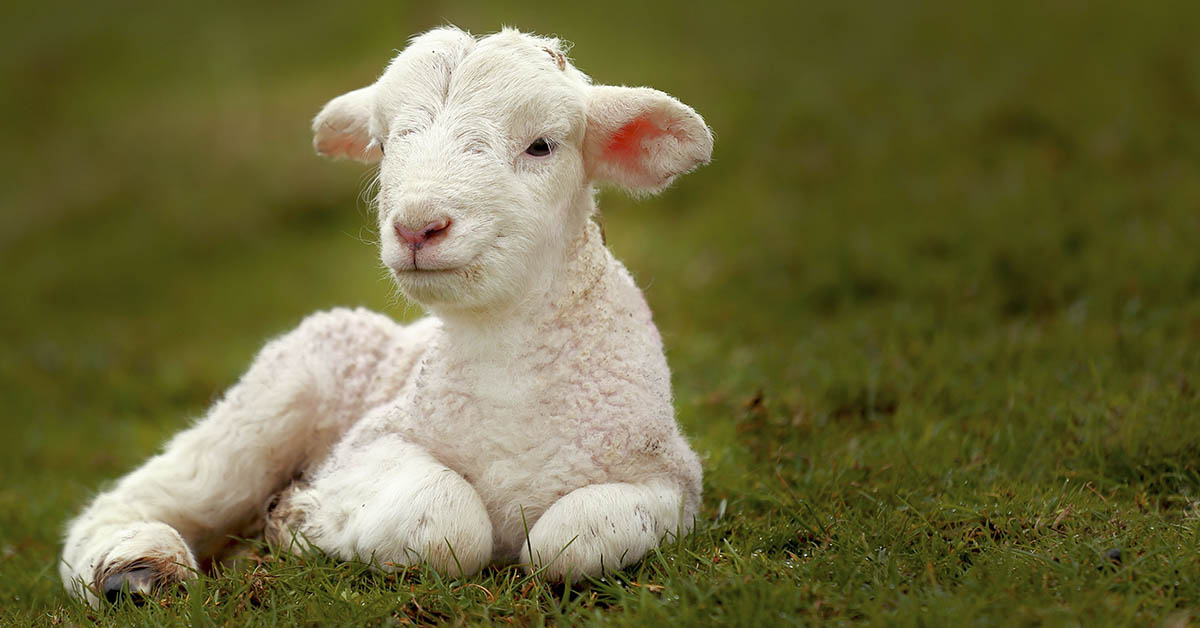A Premiere Daily Highlight Story: Sometimes, there are stories that are too interesting to keep locked away. That’s why we scour the archives and bring some of them back to experience again. This story is from April 2017. Enjoy!
Did you know that in 2017, a group of scientists developed an artificial womb that actually worked? Not only that, but these artificial wombs successfully grew baby sheep. The scientists who developed it hope their research will one day help with better outcomes for prematurely born human babies.
Artificial Womb Successfully Grows Baby Sheep
In 2017, a group of scientists set out to see if they could grow baby sheep in artificial wombs. These wombs essentially look like large plastic bags with various tubes transporting fluids and blood. Inside these bags, eight little fetal lambs continued to grow and develop as they would have inside their mother – only they were not. The scientists monitored them closely as, over four weeks, they developed quite normally. Their brains and lungs grew as they began to open their eyes and wriggle around. They even sprouted wool and learned to swallow. (1)

Of course, this began speculation about whether or not this meant that, sometime in the future, women could opt out of actually giving birth. Beyond a woman not wanting to go through the whole process, some speculated about how this could benefit women with high-risk pregnancies or evade the health risks of pregnancy in general. The researchers, however, said that we shouldn’t jump to conclusions so quickly.
“It’s complete science fiction to think that you can take an embryo and get it through the early developmental process and put it on our machine without the mother being the critical element there,” said one of the scientists, fetal surgeon Alan Flake. (2)
So What’s The Point, Then?
The idea of developing an artificial womb was not to replace the female’s role in child development. Rather, it was to search for solutions that give better outcomes for premature babies. Particularly those who are considered extremely premature. Premature babies are those born before 37 weeks of pregnancy, whereas extremely premature babies are born before 28 weeks.
Premature and extremely premature babies must continue the developmental process outside their mother’s womb. This is challenging in the best-case scenario to nearly impossible in the worst. An artificial womb would give the child a safer, more womb-like place to continue growing and developing outside their mother’s womb until they reach a more stable phase of development.
Read: Meet Loab, the AI Art Woman Haunting the Internet
Not An Easy Feat
Of course, developing an artificial womb that could potentially support the continuation of a premature baby’s development is not an easy task. Leading up to this success with the fetal lambs, the scientists had many obstacles to overcome. The first major one was replicating the circulatory system that connects the fetus with its mother. The mother’s blood must flow back and forth between her body, and the baby’s via the placenta.
This exchanges carbon dioxide for oxygen and allows the baby to breathe. The pressure, however, needs to be just right. An external pump is usually too strong and can cause damage to the baby’s heart. Their solution was a pumpless circulatory system.
Connecting the fetal lamb umbilical cord to a new oxygenator, the blood moved smoothly enough through the circulatory system that the fetus’ heartbeat was actually strong enough to pump the blood on its own. No other pump was necessary. Additionally, one of the greatest threats to premature babies in the NICU is infections. This is where the bag and artificial amniotic fluid came in.
Just like in the uterus, the fluid flows out of the bag removing waste, while the bag protects the baby from the outside world for which their bodies are not yet ready. The infant’s lungs stay filled with fluid, just as they would if they were still in their mother’s womb.
Lambs Are Not Humans
The researchers studied the lamb’s organs afterward, and all seemed to develop completely normally. The organs typically the most vulnerable to damage in premature babies also appeared to be completely undamaged. However, Flake and his colleagues acknowledged that lambs and humans are not exactly the same. For example, a lamb’s brain develops faster than a human’s. More tests need to be done to verify the safety of these machines for a human fetus.
Keep Reading: AI “Nanny” Being Created by Chinese Scientists to Grow Babies in Artificial Wombs
Sources
- “An extra-uterine system to physiologically support the extreme premature lamb.” Nature. Emily A. Partridge, et al. April 25, 2017.
- “An artificial womb successfully grew baby sheep — and humans could be next.” The Verge. Rachel Beckers. April 25, 2017.

